In late December 1959, Taiwan dispatched a technical mission to the Republic of Vietnam. Comprising agriculturalists and fisheries experts, the team represented Taiwan’s foray into official development assistance (ODA), marking its transition from recipient to donor nation.
For more than a decade prior — and indeed, far longer during Chinese Nationalist Party (KMT) rule on the “mainland” — the Republic of China (ROC) had received ODA from the US, through agencies such as the International Cooperation Administration, a predecessor to the United States Agency for International Development (USAID). More than a third of domestic investment came via such sources between 1951 and 1961, the year USAID was established, a period when Taiwan’s economy grew at a rate of over 9.2 percent per year.
The most important program from this period was the land reform conducted by the Sino-American Joint Commission on Rural Reconstruction (JCRR), which accounted for a third of Washington’s ODA to Taiwan until 1965. The JCRR was considered the platform for Taiwan’s “economic miracle,” though recent scholarship challenges this view.
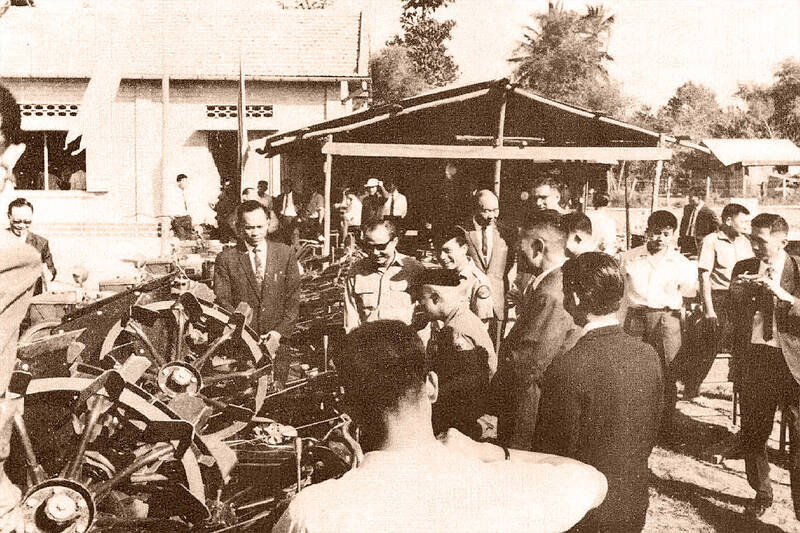
Photo courtesy of the Ministry of Agriculture
Based on those formative years, and extensive cooperation between Taiwanese and American organizations since then, Taiwan is keenly aware of the role of ODA in kickstarting development. As such, Taiwanese ODA professionals have watched the destruction of USAID by US President Donald Trump and the Department of Government Efficiency (DOGE), led by Elon Musk, with trepidation.
With US Secretary of State Marco Rubio announcing via Twitter on March 10 that 83 percent of USAID’s 6,200 global programs had been purged during a six-week period, the status of Taiwan’s current and future cooperation with American ODA organizations is unclear. This includes ongoing projects with the International Cooperation and Development Fund (TaiwanICDF), Taiwan’s dedicated ODA agency.
One ODA professional who was granted anonymity so he could speak candidly said “We weren’t completely surprised,” citing Trump’s antipathy toward foreign aid during his first administration. “But it’s still quite shocking that he could dismantle such a big institution so quickly.”
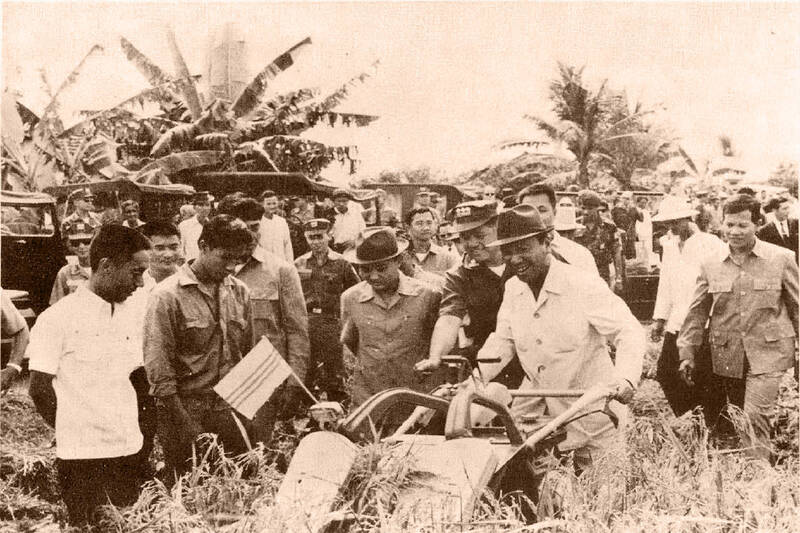
Photo courtesy of the Ministry of Agriculture
This sentiment is echoed by Mina Chiang (江玉敏), founder and director of Human Research Consultancy (HRC), a UK-based social enterprise combating human trafficking and modern slavery, which has worked with USAID-funded development organizations.
“I knew people who lost their jobs over night during Trump’s first term, when he stopped refugee resettlement projects,” she says.
In addition to de-funding the US Refugee Admissions Program, Trump issued executive orders reducing the cap on refugee admissions by over 80 percent in his first tenure.
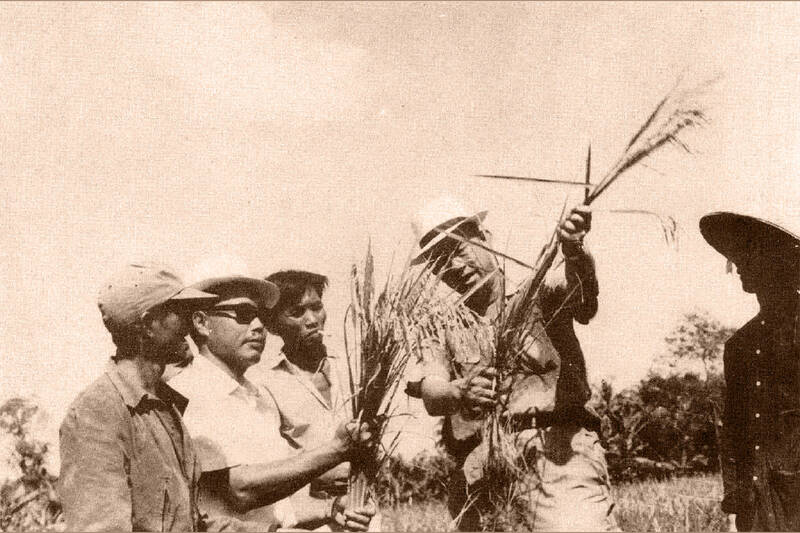
Photo courtesy of the Ministry of Agriculture
“This time was even more dramatic — from when he announced it to the time the Web sites were shut down and e-mail addresses disabled, paralyzing the whole system,” Chiang says. “It was devastating.”
INSTITUTIONAL INFLUENCE
Both Chiang and the ODA expert note that Taiwan’s own approach to development success was influenced by cooperation with US agencies — experiences that were transferred to the Global South. American fingerprints were felt deeply in the emphasis development experts placed on a more decentralized structure that minimized bureaucratic meddling.
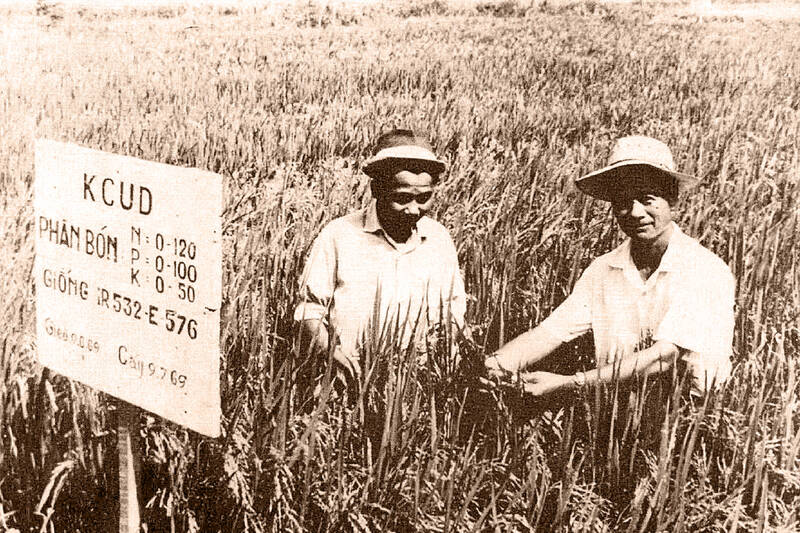
Photo courtesy of the Ministry of Agriculture
“USAID and its predecessors were not just a resource-giving agency, but also institutional reformers,” says Chang Kuo-hui (張國暉), a research fellow at National Taiwan University’s Graduate Institute of National Development. “The KMT government was told to step aside and let the US agencies lead the economic development framework. It fundamentally changed Taiwan,” says Chang, arguing that even Taiwanese civil society was impacted.
Following the dispatch of the Vietnam mission, Taiwan’s first comprehensive ODA framework was established in 1961. Named Operation Vanguard to reflect the pioneering spirit of Taiwan’s mainly agrarian assistance, it initially targeted Africa.
“These missions were one of the earliest instances of what we consider South-to-South development today,” says James Lin, assistant professor of international studies at the University of Washington and author of In the Global Vanguard, a new book on Taiwan’s agrarian development. “Of course, the ROC elites didn’t think of themselves as the Global South but as a first world nation, the mighty Republic of China, cofounder of the United Nations, one of the great civilizations of the world.”
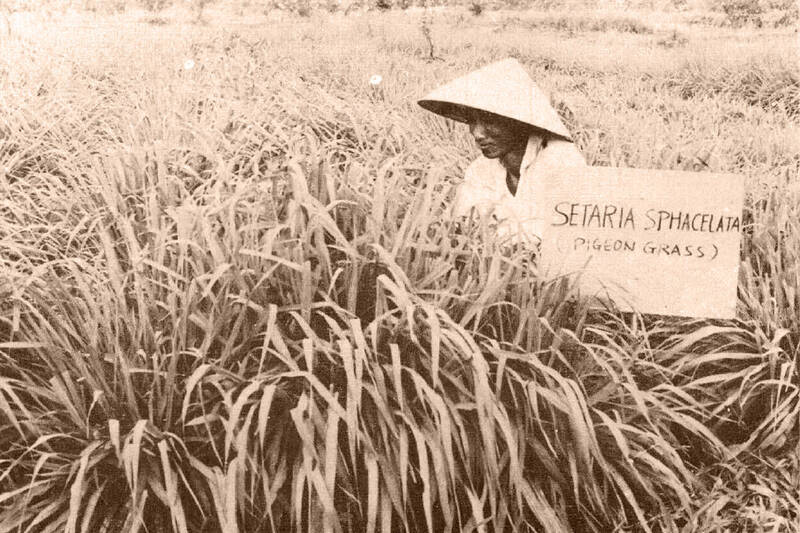
Photo courtesy of the Ministry of Agriculture
POLITICAL PURPOSE
However, they were careful to couch their cooperation in the language of fraternity and shared values in closed-room discussions with African technocrats, scientists and farmers, Lin says.
“It was language adapted for their audience that was malleable and flexible,” he says.
Here, he says, there are parallels with early American ODA strategy under US President Harry S. Truman, which highlighted the US’ own experiences, technology and knowledge as perfectly suited to postcolonial societies. Implicit in this depiction of mutually beneficial cooperation, based on empathy and understanding, was a contrast with the exploitative practices of the former colonial overlords.
Such narratives served a purpose and revealed the self-interest at play: US assistance to Taiwan had an obvious political function, not only in material terms, but by providing an example to the Global South of the superiority of “democracy” and capitalism to dictatorship and communism. Of course, the inconvenient truth about the KMT’s repressive rule was brushed aside, as Taiwan was depicted as “Free China” in opposition to the Red Peril.
“Go back to the Marshall Plan and the work of USAID’s predecessors in Taiwan and it’s always been driven by national interest,” says Michael Schiffer, former assistant administrator of USAID’s Asia Bureau. “Clearly, we were there because of our interest in supporting Taiwan as separate from the mainland.”
TRIBAL TRADITIONS
Dual interests continue to inform Taiwan’s ODA to this day, as it seeks to secure support for normalization of its international status.
“Of course, there’s a double function for Taiwan,” says the ODA professional. “These projects improve livelihoods in developing countries, but very much have geopolitical value.”
In Africa, where dozens of newly independent nations were finding their feet in the early 1960s, the political aspect of ODA was particularly salient, as the two Chinas jockeyed for influence in a soft power Scramble for Africa. At stake was support at the UN — Taipei for its continued representation of “China” and Beijing for the expulsion of “the representatives of Chiang Kai-shek (蔣中正)” and its own admission to the organization.
Using concerns about the threat to culture and tradition that communism posed, ROC diplomats often found a receptive audience.
“The communists threatened the traditional tribal hierarchy,” former career diplomat Liu Ying (劉瑛) told me in 2013. “We emphasized this point.”
Liu, who served in positions across Africa under Yang Hsi-kun (楊西崑), dubbed “Mr Africa,” was the driving force behind Operation Vanguard. Recounting a 1966 trip to Basutoland, now Lesotho — which, according to Trump, “nobody has ever heard of” — Liu recalls highlighting the hypocrisy of communist leaders to people who expressed support for Marxist revolution in Africa.
“Have you ever seen Zhou En-lai (周恩來) working in the fields?” he asked rhetorically. “How about Mao Zedong (毛澤東)?”
COMPLEMENTARY AIMS
As Lin notes, while vice minister of foreign affairs, in 1969, Yang wrote to Taiwanese agriculturalists praising Vanguard for the “historical example” it provided, helping to redress “the mistaken impression of Chinese people due to the infiltration and subversion … by the … Maoist bandits.”
Copies of the missive were sent to senior technocrats, including JCCR Commissioner Shen Zong-han (沈宗翰). Tellingly, the idea of sending the first group of Taiwanese technicians to Vietnam 10 years earlier had come from Shen’s JCCR colleague William Fippin. Having left the JCCR in 1957 to become director of the US Operations Mission in Vietnam (USOM), Fippin broached the idea in a letter to Shen that same year. As part of a contribution from the “Free World” at large, Taiwan’s development know-how would be an invaluable component in counterinsurgency efforts against Ho Chi Minh’s communists, Fippin reasoned.
While altruism might not have been the deciding factor in Taiwan’s ODA, Yang’s letter also stressed the objective good that Vanguard had achieved, calling it “the greatest honor” for Taiwan’s agriculturalists.
Most development specialists these days see the pragmatism and benevolence of ODA as mutually reinforcing.
“Foreign aid can do amazing things,” says HRC director Chiang. “But the way we talk about it should be beyond altruism. It could connect to national security, to rule of law, whatever rings people’s bells.”
Schiffer agrees.
“Aside from the moral good and the values, the whole idea that there’s a debate over whether foreign assistance is in our national interest is quite insane,” he says. Likewise, “the ODA partnerships that we’ve had with the ICDF in the Pacific and Latin America are obviously driven by a desire to help expand or maintain Taiwan’s international space,” he says.
With Trump and DOGE wielding the axe, these partnerships are now in jeopardy, putting thousands of people at risk and undermining the global security order for reasons that will become clear in part two.

This is the year that the demographic crisis will begin to impact people’s lives. This will create pressures on treatment and hiring of foreigners. Regardless of whatever technological breakthroughs happen, the real value will come from digesting and productively applying existing technologies in new and creative ways. INTRODUCING BASIC SERVICES BREAKDOWNS At some point soon, we will begin to witness a breakdown in basic services. Initially, it will be limited and sporadic, but the frequency and newsworthiness of the incidents will only continue to accelerate dramatically in the coming years. Here in central Taiwan, many basic services are severely understaffed, and

Jan. 5 to Jan. 11 Of the more than 3,000km of sugar railway that once criss-crossed central and southern Taiwan, just 16.1km remain in operation today. By the time Dafydd Fell began photographing the network in earnest in 1994, it was already well past its heyday. The system had been significantly cut back, leaving behind abandoned stations, rusting rolling stock and crumbling facilities. This reduction continued during the five years of his documentation, adding urgency to his task. As passenger services had already ceased by then, Fell had to wait for the sugarcane harvest season each year, which typically ran from

It is a soulful folk song, filled with feeling and history: A love-stricken young man tells God about his hopes and dreams of happiness. Generations of Uighurs, the Turkic ethnic minority in China’s Xinjiang region, have played it at parties and weddings. But today, if they download it, play it or share it online, they risk ending up in prison. Besh pede, a popular Uighur folk ballad, is among dozens of Uighur-language songs that have been deemed “problematic” by Xinjiang authorities, according to a recording of a meeting held by police and other local officials in the historic city of Kashgar in

It’s a good thing that 2025 is over. Yes, I fully expect we will look back on the year with nostalgia, once we have experienced this year and 2027. Traditionally at New Years much discourse is devoted to discussing what happened the previous year. Let’s have a look at what didn’t happen. Many bad things did not happen. The People’s Republic of China (PRC) did not attack Taiwan. We didn’t have a massive, destructive earthquake or drought. We didn’t have a major human pandemic. No widespread unemployment or other destructive social events. Nothing serious was done about Taiwan’s swelling birth rate catastrophe.